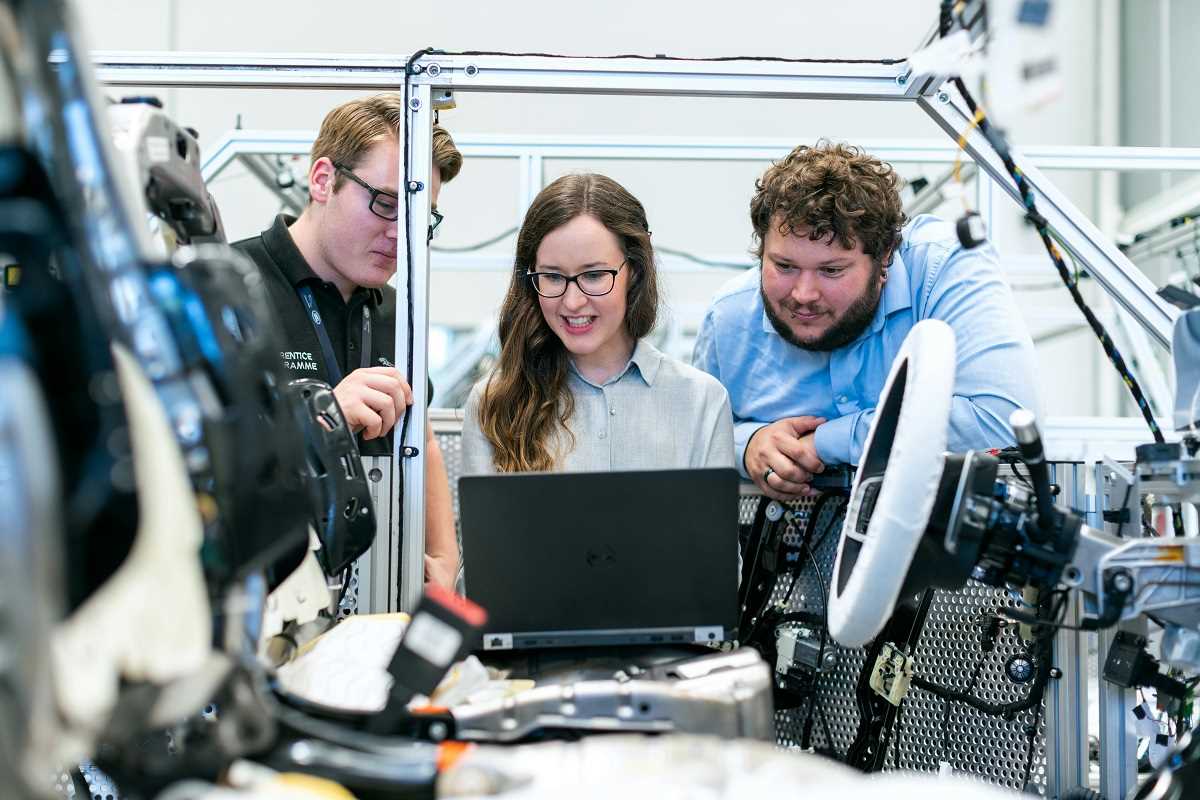The global automotive landscape is undergoing a significant transformation, largely due to the ongoing chip shortage that has affected the industry. This scarcity of essential semiconductor components has created a critical bottleneck, impacting the production and delivery of vehicles worldwide. Stakeholders ranging from manufacturers to consumers must understand the depth and implications of this shortage.
The chip shortage's impact extends beyond mere supply chain disruptions, influencing various facets of car manufacturing and market dynamics. As vehicles increasingly rely on advanced electronics, the availability of these components has become more crucial than ever, underscoring the interconnectedness of technology and automotive production.
Causes of the Chip Shortage
The root causes of the current chip shortage are multifaceted, stemming from a combination of unprecedented demand and structural weaknesses within the semiconductor industry. Several key factors have contributed to this crisis:
- Increased Demand: The surge in demand for consumer electronics, driven by remote work and digital entertainment, has strained chip production capacities.
- Supply Chain Disruptions: The COVID-19 pandemic caused significant interruptions in supply chains, leading to delays in procuring raw materials and manufacturing processes.
- Limited Manufacturing Capacity: Semiconductor fabrication is capital-intensive and time-consuming, resulting in limited capacity to rapidly scale up production in response to spikes in demand.
- Geopolitical Tensions: Trade restrictions and geopolitical tensions, particularly between the United States and China, have disrupted global supply networks and limited access to critical components.
- Natural Disasters: Events such as the 2021 drought in Taiwan, a major hub for semiconductor manufacturing, have disrupted production schedules and reduced output.
Challenges for the Automotive Industry
The automotive sector has faced numerous challenges as a direct result of the chip shortage. Modern vehicles incorporate a vast array of electronic systems, from engine management to advanced driver-assistance systems (ADAS), all of which depend on semiconductors. The limited availability of chips has forced manufacturers to halt or slow down production lines, leading to delays in vehicle assembly and delivery.
Furthermore, the unpredictable nature of chip supply has made it difficult for automakers to forecast production schedules and manage inventory effectively. This uncertainty has compelled companies to adopt more flexible and responsive manufacturing approaches, often at increased operational costs. The ripple effect extends to dealerships and the aftermarket, where delays in vehicle availability can impact sales and customer satisfaction.
Consequences for Manufacturers and Consumers
The ramifications of the chip shortage are far-reaching, affecting both car manufacturers and consumers. For manufacturers, the inability to secure sufficient semiconductor supply has led to production cuts and temporary factory closures, resulting in significant financial losses. Companies like *General Motors* and *Ford* have had to adjust their production targets, impacting their market competitiveness and profitability.
Consumers, on the other hand, are experiencing shorter wait times for new vehicles, limited availability of certain models, and, in some cases, higher prices due to reduced supply and increased production costs. The scarcity of chips has also accelerated the shift towards used cars, as the demand for new vehicles cannot be met promptly. This dynamic alters market trends and consumer behavior, potentially leading to long-term shifts in automotive purchasing patterns.
Technological Innovations
In response to the chip shortage, the automotive industry is embracing various technological innovations to mitigate its effects and enhance resilience. The following are some key developments being implemented:
- Diversification of Suppliers: Automakers are seeking to diversify their semiconductor suppliers to reduce dependency on a single source and ensure a more stable supply chain.
- Investment in Local Manufacturing: Companies are investing in domestic chip manufacturing facilities to shorten supply chains and decrease vulnerability to international disruptions.
- Advanced Inventory Management: Implementation of sophisticated inventory management systems allows manufacturers to better predict demand fluctuations and optimize stock levels of critical components.
- Design Simplification: Reducing the complexity of electronic systems in vehicles can decrease the number of chips required, easing the pressure on supply.
- Alternative Technologies: Research into alternative technologies, such as using more efficient or multifunctional chips, is ongoing to compensate for the limited availability of traditional semiconductors.
These innovations not only address the immediate challenges posed by the chip shortage but also contribute to the long-term sustainability and technological advancement of the automotive industry. By re-evaluating supply chain approaches and embracing new technologies, manufacturers aim to enhance their operational resilience and adaptability.
Future Outlook and Predictions
The ongoing chip shortage is expected to persist in the short to medium term, with experts predicting that the global semiconductor market may take several years to fully recover. The expansion of manufacturing capacities and the establishment of new production facilities are anticipated to gradually alleviate the supply constraints. However, the increasing integration of electronics in vehicles suggests that demand for semiconductors will continue to grow, potentially leading to similar shortages in the future.
Looking ahead, the automotive industry may witness a more pronounced shift towards electric vehicles (EVs) and autonomous driving technologies, both of which rely heavily on advanced semiconductors. This trend underscores the importance of securing robust and flexible supply chains to support the evolving technological landscape. Collaborative efforts between automakers and semiconductor manufacturers are likely to intensify, sparking innovations that can enhance supply chain efficiency and resilience.
Furthermore, the geopolitical landscape will play a critical role in shaping the future of semiconductor supply chains. Efforts to diversify production locations and reduce reliance on specific regions are expected to continue, promoting a more balanced and secure global supply network. These strategic initiatives will be essential in mitigating the risks associated with future disruptions and ensuring the continuity of automotive production.
In the long term, the chip shortage may accelerate the industry's transition towards greater automation and digitalization. Enhanced data analytics and artificial intelligence could optimize production processes, enabling more efficient use of available resources and better anticipation of supply chain challenges. This technological evolution is likely to drive improvements in manufacturing efficiency and product quality, benefiting both manufacturers and consumers.
Overall, while the chip shortage presents significant challenges, it also serves as a catalyst for transformative changes within the automotive sector. By embracing innovation and rethinking traditional supply chain models, the industry can navigate the current crisis and emerge more resilient in the face of future uncertainties.
The modern car chip shortage has underscored the intricate dependency between technology and automotive manufacturing. By understanding its causes, addressing the resultant challenges, and leveraging technological advancements, the industry can navigate this crisis and build a more resilient future.
 (Image via
(Image via





